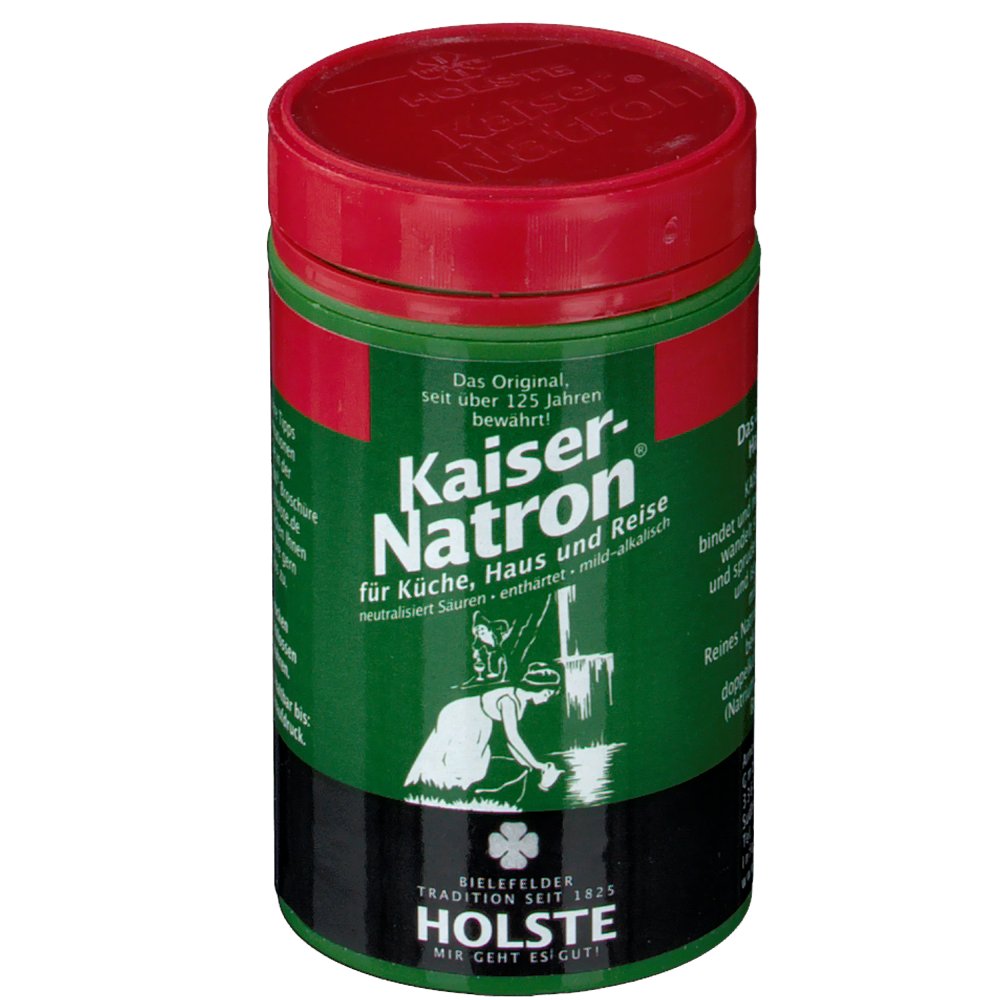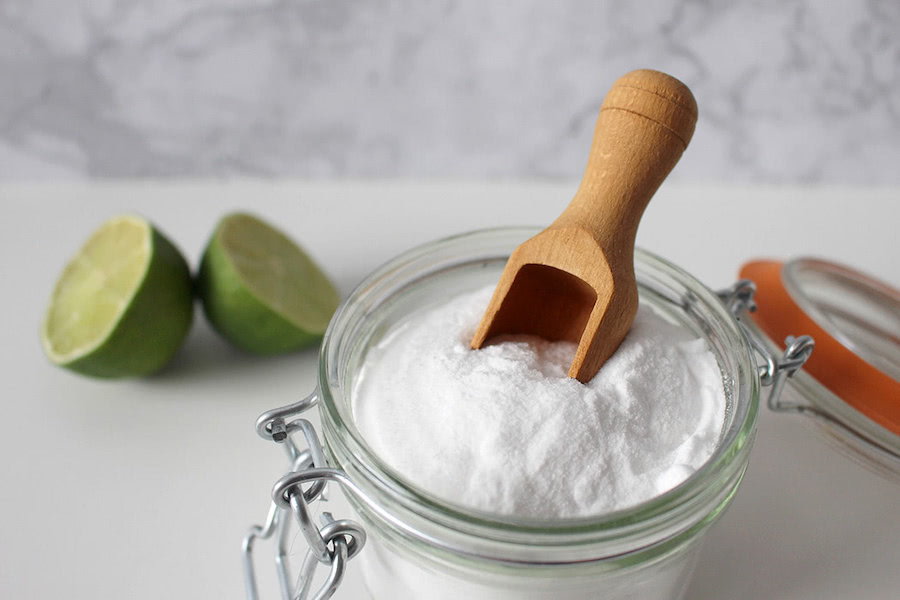
It acts as an alkali because when dissolved in water, it dissociates into the weak acid: carbonic acid and the strong alkali: sodium hydroxide. For example, it is used as a pH regulator to maintain stable alkaline conditions necessary for the action of the majority of photographic film developing agents. Sodium carbonate is also used as a relatively strong base in various settings. Soda lime glass has been the most common form of glass for centuries. This type of glass is known as soda lime glass: "soda" for the sodium carbonate and "lime" for the calcium carbonate.

This "soda glass" is mildly water-soluble, so some calcium carbonate is added to the melt mixture to make the glass produced insoluble. Sodium carbonate acts as a flux for silica, lowering the melting point of the mixture to something achievable without special materials. The manufacture of glass is one of the most important uses of sodium carbonate.

It is synthetically produced in large quantities from salt -sodium chloride- and limestone by a method known as the Solvay process. Because the ashes of these sodium-rich plants were noticeably different from ashes of timber -used to create potash-, they became known as "soda ash". Historically it was extracted from the ashes of plants growing in sodium-rich soils, such as vegetation from the Middle East, kelp from Scotland and seaweed from Spain.

Sodium carbonate is well known domestically for its everyday use as a water softener. It has a strongly alkaline taste, and forms a moderately basic solution in water. Pure sodium carbonate is a white, odorless powder that is hygroscopic -absorbs moisture from the air. It most commonly occurs as a crystalline decahydrate, which readily effloresces to form a white powder, the monohydrate. Sodium carbonate: Sodium carbonate, Na2CO3, -also known as washing soda, soda ash and soda crystals, and in the monohydrate form as crystal carbonate- is the water-soluble sodium salt of carbonic acid.


 0 kommentar(er)
0 kommentar(er)
